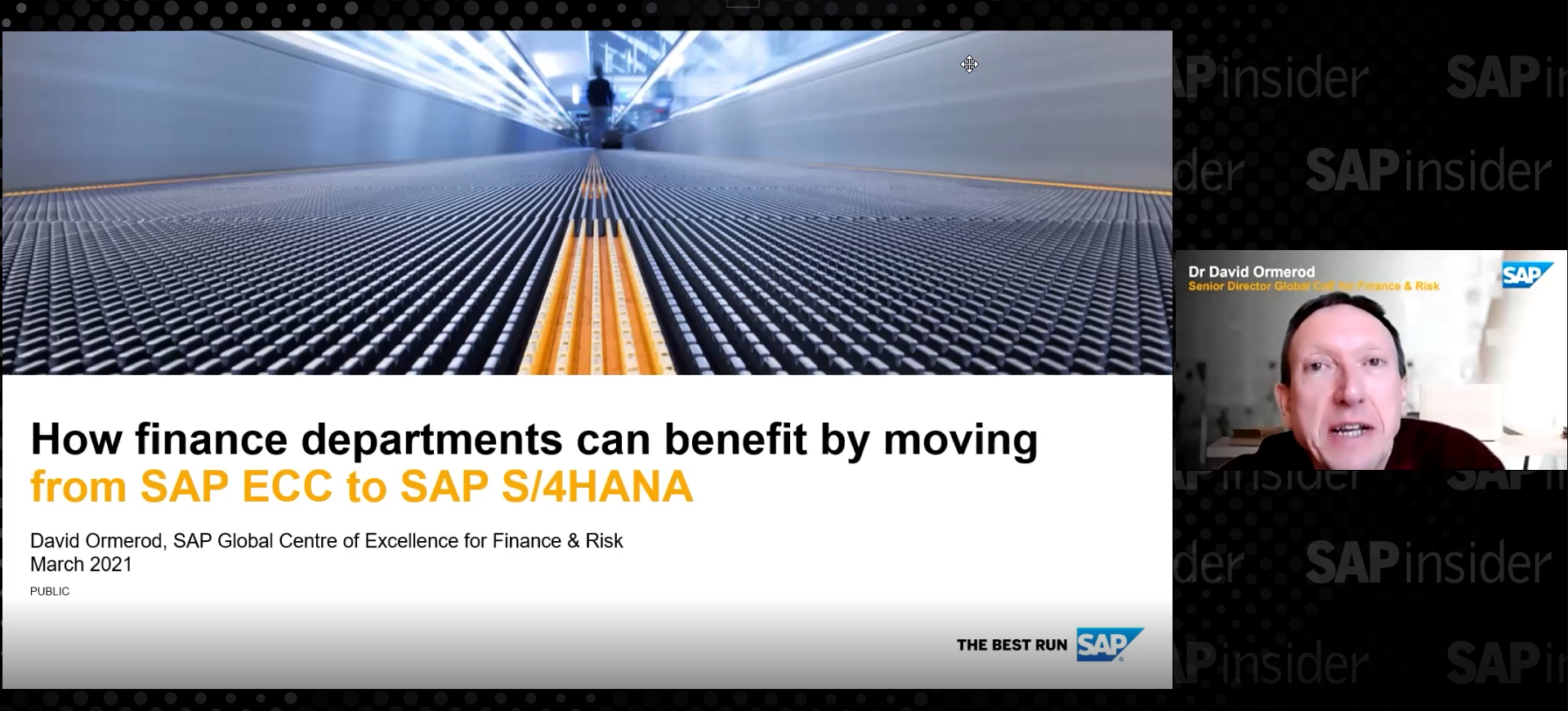Key Considerations for Migrating Your SAP Finance Operations to SAP S/4HANA
Finance is core to your business, and migrating your finance operations to SAP S/4HANA is among the most crucial components of the transition. Many SAP customers are voicing some apprehension about making the move, not sure of what is in store for them and how best to prepare for the shift. This article focuses on two areas we find are causing some concern among our customers: implementing the material ledger and moving to account-based profitability analysis. Let’s first look at some considerations for implementing the material ledger.
Consideration 1: How to Approach the Material Ledger
The material ledger is being absorbed into the Universal Journal, so there is no way for SAP customers to opt out of activating it in SAP S/4HANA. The question is when to implement the material ledger fields and associated data.
There is some debate about whether to implement material ledger in SAP ECC before migrating to SAP S/4HANA or to wait and implement it fresh in the new system. This situation is complicated by the significant number of enterprises that have avoided implementing the material ledger in SAP ECC for any number of reasons. For example, many customers believe that implementing the material ledger means they automatically need to activate actual costing; however, this is not the case. While activation of the material ledger is mandatory in SAP S/4HANA, the use of actual costing is still optional.
On the other hand, if you are already using the material ledger, you’re good to go — although, you might want to archive any data in your material ledger tables that is no longer needed. Archiving old data can help minimize your migration downtime.
In our experience, many of the companies who implement the material ledger in SAP ECC before moving to SAP S/4HANA have an easier migration path and less work to do to complete their SAP S/4HANA implementation. It also gives them a like-for-like comparison for reporting and analysis from the old system to the new, helping identify issues with data integrity post-migration.
Consideration 2: When to Activate Account-Based Profitability Analysis
Another significant change for finance in migrating to SAP S/4HANA is the move from cost-based to account-based profitability analysis (CO-PA). In SAP S/4HANA Finance, the default CO-PA method is now account-based, versus cost-based — the latter of which is the most widely used method in SAP ECC. Cost-based CO-PA is still available in SAP S/4HANA, but it is not integrated with the Universal Journal and will not be enhanced any further by SAP.
If your company is currently using cost-based CO-PA, you should consider activating account-based CO-PA for a few periods before making the transition to SAP S/4HANA so you can get experience with the new method. By doing this, you again get a like-for-like comparison to ensure that your reporting is consistent throughout the migration process. Also, it gives you time to understand some of the data needed for account-based CO-PA, including tracing factors for assessment cycles, top-down distribution, and cost elements for cost of goods sold.
Avoid Missteps with Solutions from Winshuttle
These considerations are only two of the myriad factors to keep in mind as you prepare to migrate your finance teams from SAP ECC to SAP S/4HANA, but understanding their importance can help you avoid missteps as you go through the process. Winshuttle has tools and solutions that can help make your finance migration from SAP ECC to SAP S/4HANA easier. Our deep integration with SAP software and ability to allow finance teams to manage SAP data effectively, throughout the migration process, have saved customers millions of hours and countless dollars. To learn more about how Winshuttle can help you on your journey to SAP S/4HANA, visit www.winshuttle.com/s4hana.








